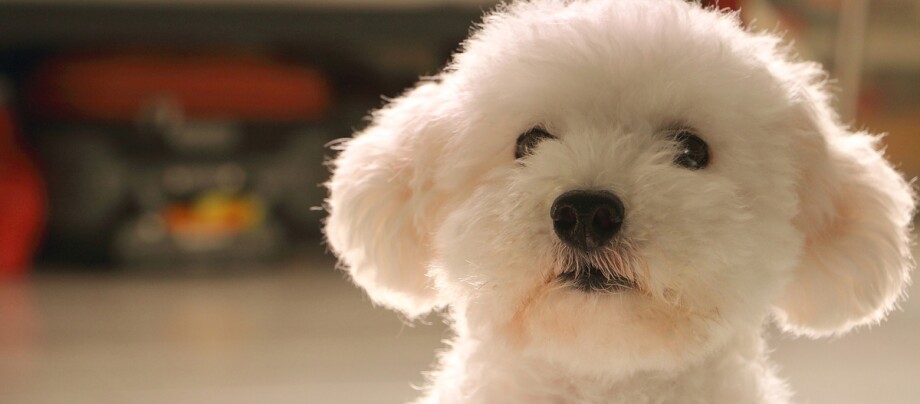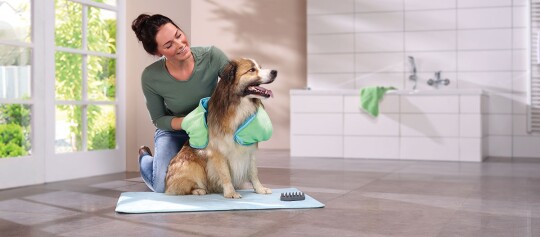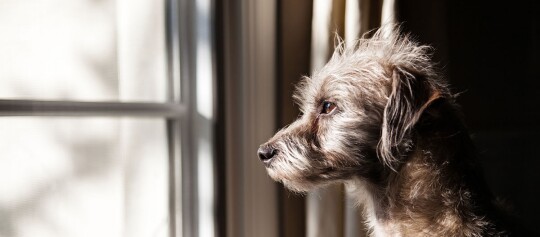Bolognese - from Lap Dog of the Nobility to a Happy Family Companion
07.10.2022 - Reading time: 3 minutes

Once described by Spain's King Philip II as the most royal gift for an emperor, the small, enterprising Bolognese with the long pure white frizzy coat is now much appreciated by families. The little dog catches the eye with its energetic gait and head held high, only to conquer every heart with its engaging nature.
NewsletterBolognese
Breed | Bolognese |
Origin | Italy |
Classification | FCI Group 9 "Companion and service dogs", Section 1 "Bichons and related breeds" |
Size | Stands 27 to 30 centimetres (male), 25 to 28 centimetres (female) at the withers. |
Weight | 2.5 to 4 kilograms |
Physique | compact, stocky stature with matching body length and height at withers; medium length head in proportion to the length of the neck, with accentuated muzzle; straight back with broad, only slightly sloping crest and high set tail carried curved over the back; oval paws |
Eyes | above average size; dark ochre in colour; round eyelid opening with black border |
Ears | set high, long and drooping |
Coat and colour | pure white coat, minimal ivory tint allowed; soft, long hair all over the body, only shorter on the bridge of the nose; standing out from the body and curled. |
Special features | popular family dog; suitable to be kept in a city apartment |
Nature | adaptable and docile; adventurous; calm and composed, strongly people-oriented. |
Care | regular brushing, daily during coat change; bathing about every five weeks. |
Health | Breed is considered robust, with a life expectancy of 15 years or more; occasional patellar problems |
We have the best products for your Bolognese!
A dog for Kings
Although Bolognese dogs owe their name to the city of Bologna, they do not originally come from Italy. In ancient Greece, Aristotle had already reported about the ancestors of the small dogs, which belong to the group of Bichons together with the closely related Maltese, Havanese and Bichon Frisés. Bichon is the French term for lap dog, which was particularly apt for this dog breed, at least in the past: the Bolognese was pampered for centuries at royal and imperial courts in Europe and was considered an extremely valuable gift.
Nature of the Bolognese
A Bolognese is a friendly, affectionate and calm four-legged friend. Enterprising without being hyper and alert without barking excessively, it is a pleasant companion, who also gets along well with children.
Care of the Bolognese
The Bolognese does not need extensive exercise and therefore feels just as comfortable in a city apartment as in a house with a garden. Its first priority is to interact with the family, as it is people-oriented, does not like to be alone and prefers to be in the middle of the action.
Care of the Bolognese
The Bolognese’s thick, curly coat requires regular grooming to prevent matting. Brush it at least every two days and daily during the coat change. Like all pure white dogs, it should be bathed with a suitable shampoo every five weeks or so. To avoid tear marks under the eyes, clean them daily with cotton pads and a mild eye lotion for dogs.
Trimming the long fur at the pads with half-round scissors prevents accumulation of dirt and at the same time improves traction. Attention should also be paid to dental care in the form of special snacks and toys, as Bolognese are prone to tartar build-up already in the first year of life.
Characteristics of the Bolognese
Bolognese remain happy and playful into old age and bond closely with their humans. The lovable dogs are considered robust and can live for 15 years or more.
As with many small dogs, problems with the kneecap (patella) can occur. If you want to add this loyal, clever companion to your family, it is best to contact the German Kennel Club. They have lists of responsible breeders available for interested parties.

